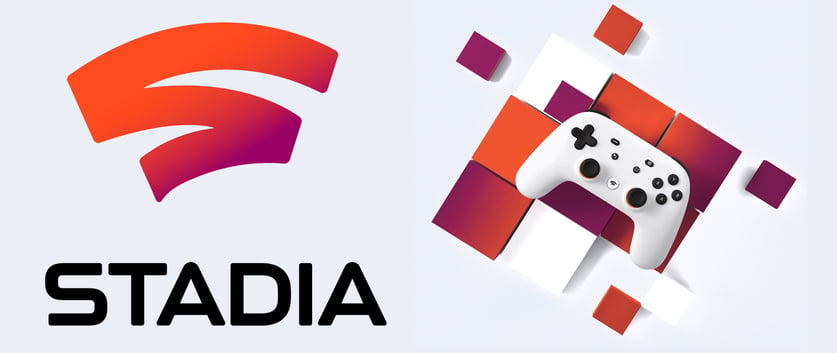Google’s Stadia is hitting our networks in November, and Nvidia’s GeForce Now is imminent as well. What is this cloud gaming stuff, really?
Well, think of it as watching an HD live video stream but it’s actually your game. Your graphics processing unit (GPU) is unused because the heavy GPU computing is happening and rendering in the cloud, and then a simple video stream is sent to your house. You have a controller in your hands, which is communicating with your game in the cloud.

The advantages are clear, and the future is clear – this is where gaming is going. I won’t go into all the advantages but think about upgrades, heavy downloads, time to play, storage usage, cheating, etc. It’s just a better gaming setup.
But, also consider the networking challenges. To be playable, the latency needs to be low, and the video bitrates will be crazy high. The best compression on video is not available to live gaming streams; a 4K or 1080p stream from a game will use more bandwidth than a Netflix stream at the same resolution.
To play well, the gaming video needs to adapt to the available bandwidth without buffering. That’s hard to do with live video, but I assume Google and Nvidia are looking to solve this.
Congestion will be a big problem in the access, distribution, peering, and home WiFi; so, if the stream adapts well, then it may actually work well in the end.
A more difficult challenge for some access technologies is upstream congestion. Cloud gaming will be latency-sensitive on the upstream. You can’t have high jitter or high latency between the controller in your hands and the gaming engine, or the game will be unplayable.
If you’re a cable provider, where upstream is a precious resource, you need to be careful to prevent a poor quality of experience for cloud gaming.
Unfortunately, we have a different market trend that will make this worse – file sharing is on the rise again and it’s driven by the fragmentation in the video streaming market. To get access to all the shows and movies you want, you need 5-10 different streaming packages, which is too expensive and results in consumers returning to file sharing, which drives a much higher upstream usage in the networks. Hence, quality of service and congestion management on the network to mitigate file sharing and make sure cloud gaming services work well is a very powerful use case.
Read more about our Intent-Based Congestion Management use case here:
Topics: Automation, Global Internet Phenomena, Active Network Intelligence, Gaming, Google Stadia






